- About
About
- Academics
Academics
- Research
Research
- Admissions
Admissions
- Student Life
Student Life
- Athletics
Athletics
- Giving
Giving
- Students, Faculty & Staff
- Parents
- Visitors
- Alumni

Chen explores how 30 years of censorship of Chinese literature and film related to the Tiananmen Square Massacre have shaped public discourse.
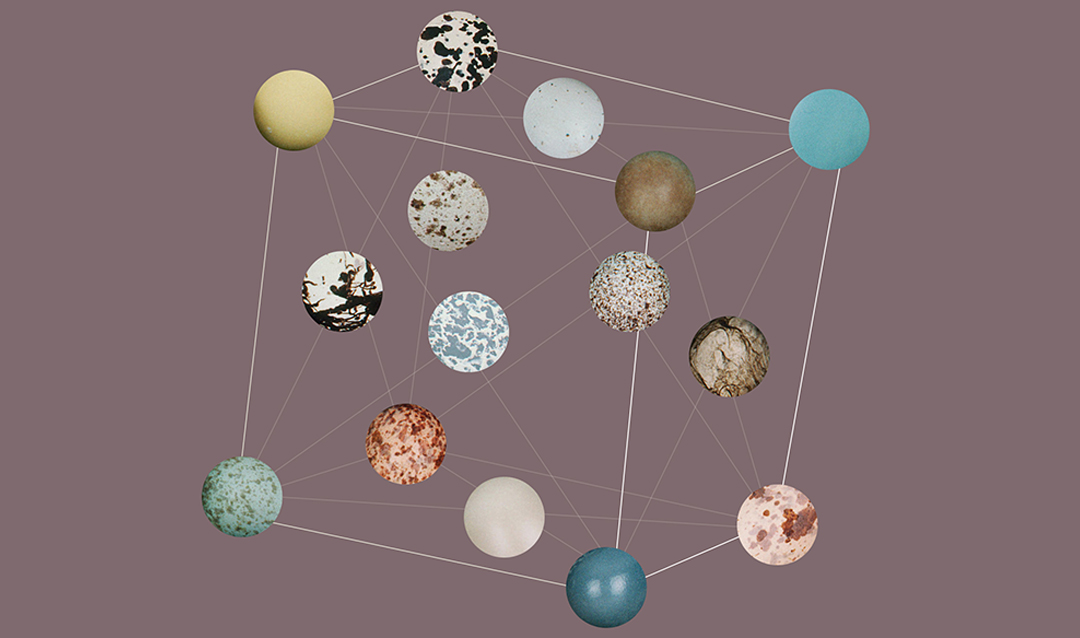
Balasubramanian focuses on understanding the mechanical properties of multi-principal element alloys through computational and experimental methods and predictive engineering.
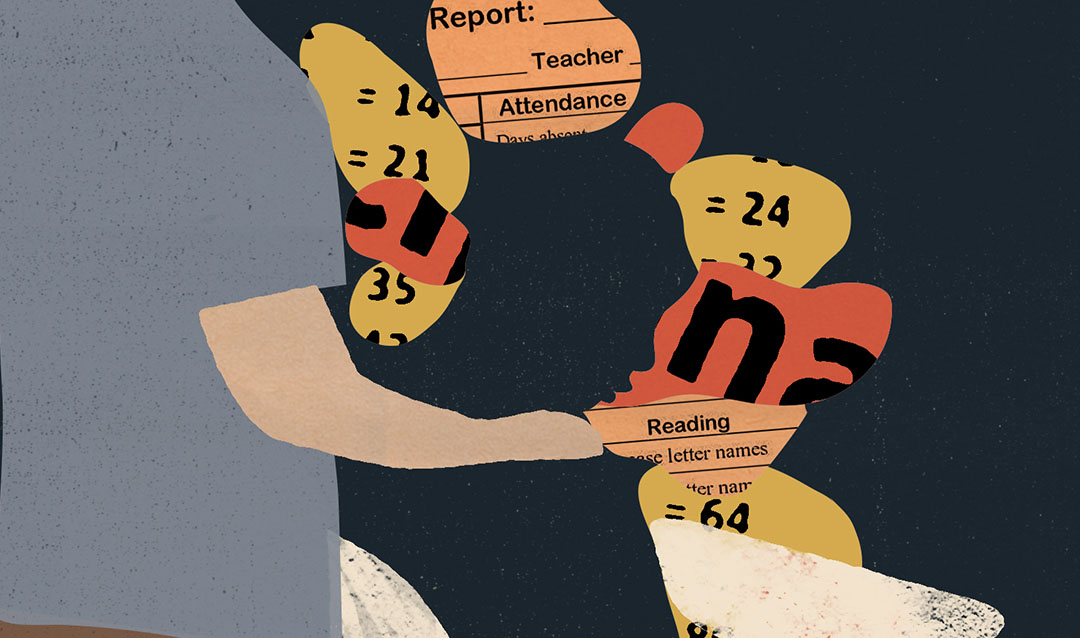
Kaitlin Anderson explores the relationship between disciplinary responses to student behavior and students’ academic outcomes.

For the first time, an analysis identifies non-atopic childhood asthma as more than a set of symptoms, but a distinct disease, driven by early exposure to Benzo[a]pyrene from fossil fuel combustion.

Daley will chair the Department of Community and Population Health.
A message sent to Lehigh undergraduate and graduate students and families.

An analysis by Sirry Alang, associate professor of sociology and health, medicine, and society, suggests a new framework for dismantling white supremacy in public health.
A message sent to members of the Lehigh community and Lehigh families.
A message sent to Lehigh undergraduate and graduate students and families.
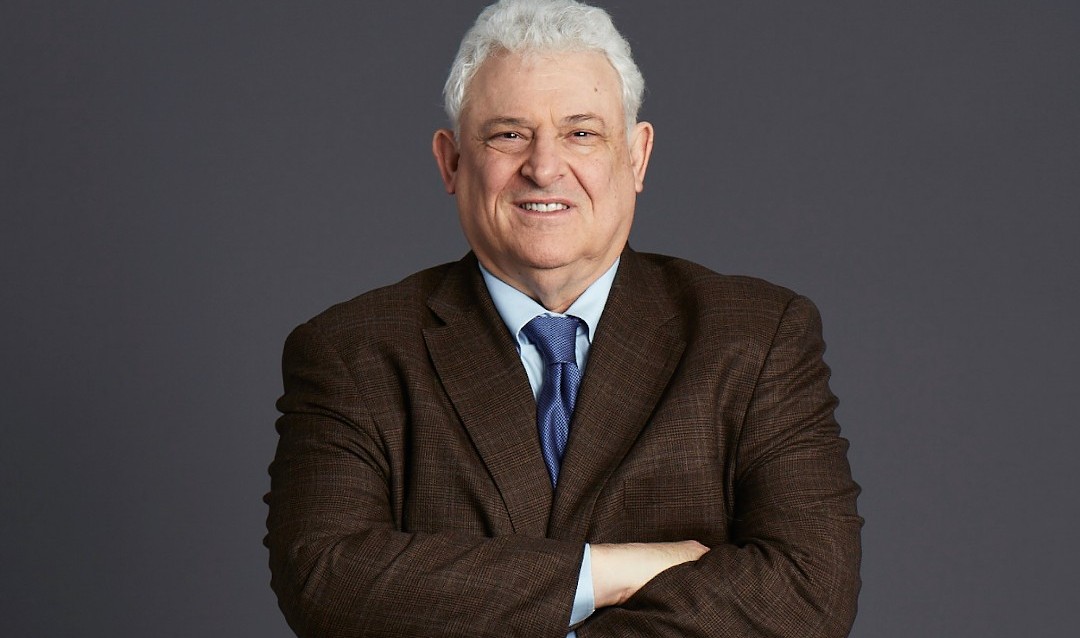
‘It’s better to use the vaccine than to waste it,’ Caplan tells a virtual audience attending Lehigh’s Peter S. Hagerman ’61 Lecture in Ethics.
A message sent to faculty, staff, and TA/RA/GAs.
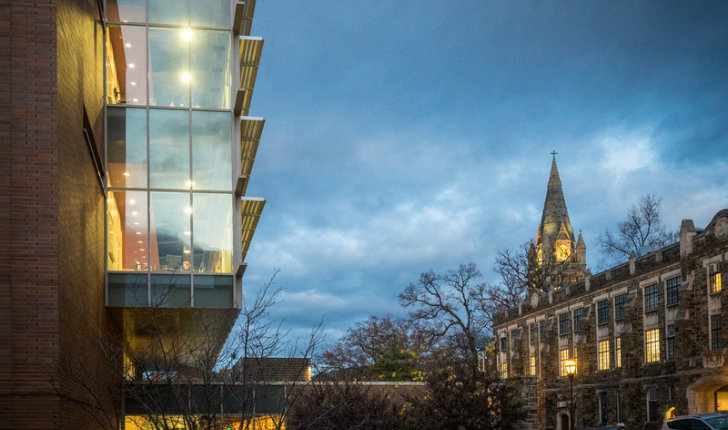
Lehigh Business Supply Chain Risk Management Index shows six out of 10 risk factors increasing as supply chain managers are still cautious despite vaccine rollout.

The first long-term study of multinational companies finds women at top echelons linked to embrace of transformation and strategy shifts among teams.
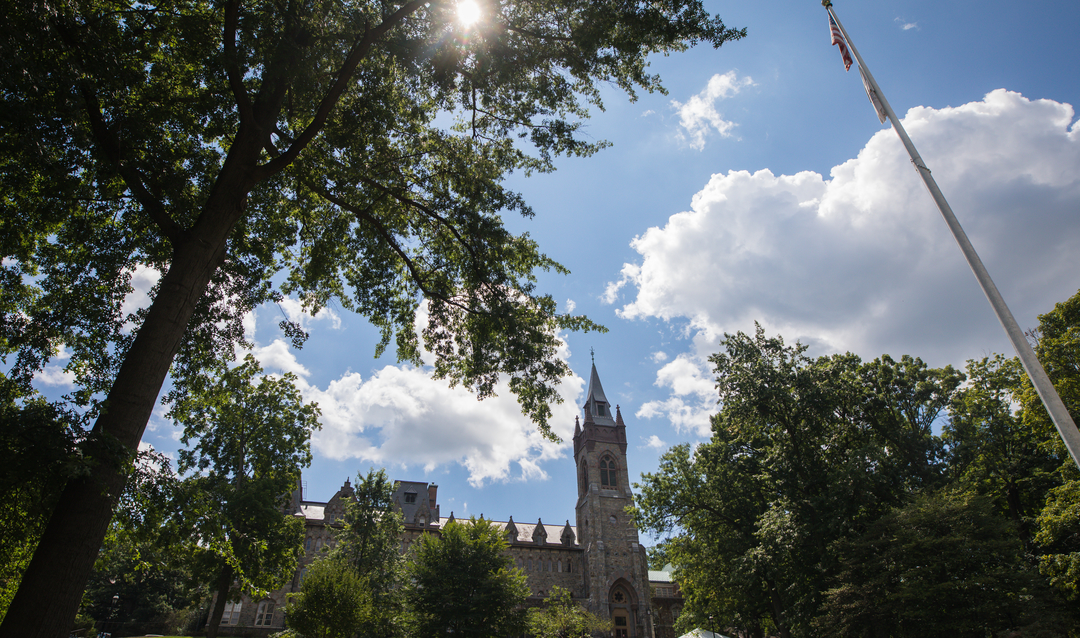
Top 50 ranking among all AACSB-accredited participating schools places Lehigh in elite company.
A message sent to members of the Lehigh community.
A message sent to undergraduate and graduate students.
A message sent to Lehigh faculty, staff, and RAs/TAs/GAs.
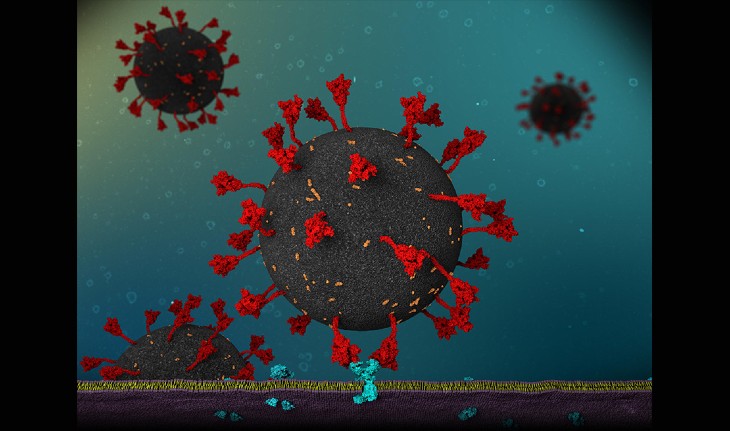
The bioengineering professors have identified a virus-cell interaction that may explain COVID-19’s high infection rate.